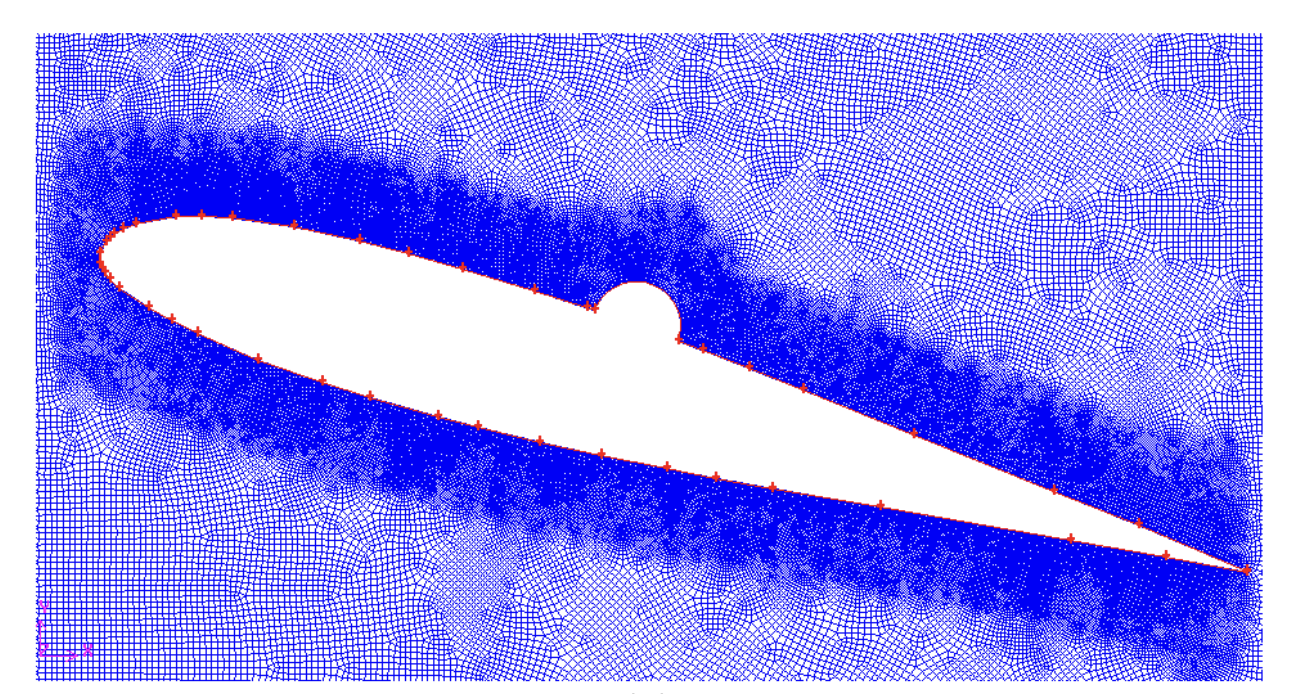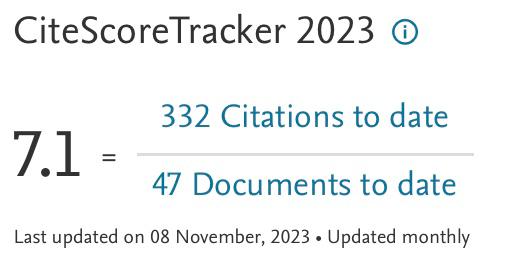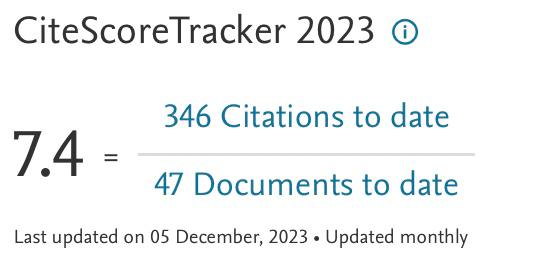CFD Simulation analysis of Sub-Component in Municipal Solid Waste Gasification using Plasma Downdraft Technique
Keywords:
Downdraft, Food waste, Paper, Gasification, Plasma, Syngas composition, Yard wasteAbstract
Plasma gasification technology is one of the potential methods to decompose dangerous wastes and turn them into non-leachable slag due to it greater energy efficiency and bottom ash prevention concerns. However, a fundamental study of CFD simulation on the reaction flow characteristic using the operational of plasma gasification process was scarce. The present study aims to investigate the gasification characteristic of municipal solid waste (MSW) component including food waste, paper, and yard waste to produce synthesis gas using a 3-dimensional CFD simulation method in the downdraft plasma gasifier. The reaction model of non-premixed combustion, Euler-Lagrangian approach and K-ε turbulence model was used as a setup parameter. Plasma being consider as hot gas with 1173K, coal as 293K and air inlet on 673K. Flowrate of feedstocks, plasma gas flow and air flowrate are set to 0.029 kg/s, 0.0438kg/s, and 0.0029kg/s respectively. Based on the result and comparison between those feedstocks, food waste typically produced higher CH4, CO, and CO2 than paper and yard. Yard wastes yield the highest H2 content which consist of 0.544 mole fraction, with 539.24 % higher than food waste and 79.76 % higher than paper. The result showed that gasification of different component from MSW produced different characteristic of syngas based on the properties of the feedstock.






















